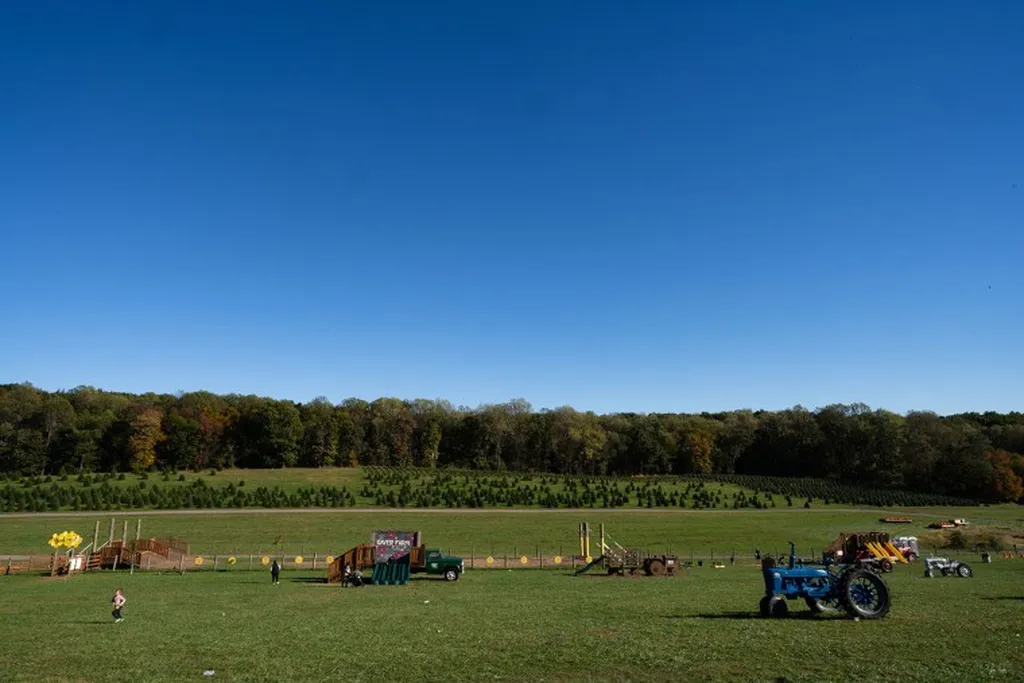Researchers have issued a stark warning about the potential environmental impact of the rapidly expanding data center industry in the U.S., with significant implications for the agriculture sector and investors. The study, published in Nature Sustainability, predicts that U.S. data centers could annually consume as much water as 10 million Americans and emit as much carbon dioxide as 10 million cars by 2030, depending on the pace of A.I. industry growth. This level of resource consumption is comparable to that of the entire state of New York, raising concerns about the sustainability of the current trajectory.
For the agriculture sector, the implications are multifaceted. Data centers require vast amounts of water for cooling, which could exacerbate water scarcity issues in regions already struggling with drought and competition for agricultural water use. This could lead to increased costs and reduced availability of water for irrigation, potentially impacting crop yields and food production. Additionally, the significant energy consumption of data centers could strain power grids, leading to increased reliance on fossil fuels and higher greenhouse gas emissions. This could undermine efforts to mitigate climate change, which poses a substantial risk to agricultural productivity and food security.
Investors in the agriculture sector should be aware of these potential risks and consider the long-term sustainability of their investments. The study highlights the need for tighter regulation, greater transparency, and A.I.-specific benchmarks for energy and water usage. Investors may want to prioritize companies that are proactive in addressing these environmental concerns and are committed to sustainable practices.
The study also suggests that the Midwestern U.S. could be a more sustainable location for data center construction due to better water availability and potential for renewable energy infrastructure. This could present new opportunities for investment in regions that are better equipped to support the growth of the A.I. industry without compromising environmental sustainability.
The report from the Center for Biological Diversity further underscores the urgency of addressing the environmental impact of data centers. It estimates that, if current trends continue, data centers in the United States could account for nearly half of all emissions from the power sector that current national climate targets would allow. This could have significant implications for the agriculture sector, as increased emissions could accelerate climate change and its associated impacts on agriculture.
In conclusion, the rapid growth of the A.I. industry and its associated data centers presents both challenges and opportunities for the agriculture sector and investors. It is crucial to address the environmental concerns raised by researchers and to prioritize sustainable practices to ensure the long-term viability of both the agriculture sector and the A.I. industry.

